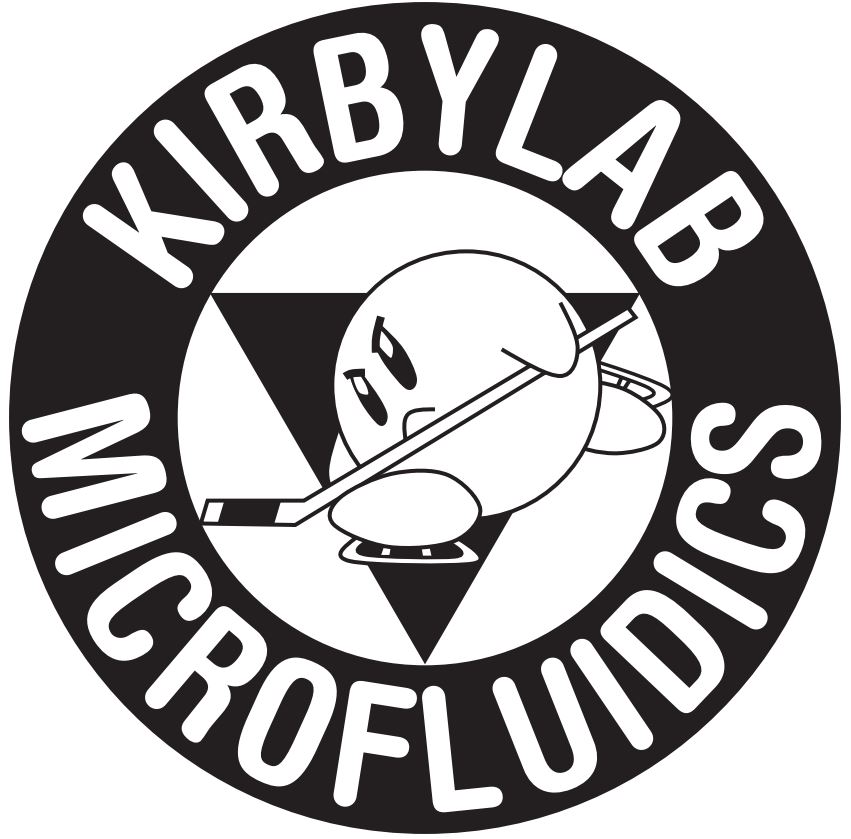Interstitial flow and tumor cell migration
I’m a graduate student in Professor Roger Kamm’s Mechanobiology Lab in the Department of Mechanical Engineering at MIT. I was an undergraduate researcher in Prof. Kirby’s lab, and I graduated from Cornell in 2008. Recently, we reported on the role of interstitial flow on tumor cell migration. Some of this work was inspired by the things I learned in Prof. Kirby’s lab and it relates to some of Prof. Kirby’s ongoing work, so I thought I’d give an update on the work and some of the things going on here at MIT.
Early in the metastatic process, cells migrate away from the primary tumor before entering the systemic vasculature to be carried to other parts of the body. Metastases cause the majority of cancer-related fatalities, so preventing cells form leaving the primary tumor could render the cancer more treatable. Consequently, understanding how tumor cells migrate and what stimuli influence how they migrate could provide insight into the development of new cancer therapies.
Cells reside within the extracellular matrix (ECM) in tissues, and the ECM is bathed in a fluid that serves as the transport medium for soluble molecules. When a cancer cell migrates, it moves through the ECM. However, the ECM and surrounding interstitial fluid are not static. Osmotic and hydrostatic pressure gradients across the ECM drive fluid flow around cells, transporting soluble molecules and imparting fluid stresses on the cells. Inspired by some of the work from the Swartz group at EPFL, we thought interstitial flow might alter the physiochemical microenvironment of tumor cells and give some signals to direct migrating cells toward the vasculature.
In order to test this hypothesis, we developed a microfluidic system that allows stable and repeatable flow to be applied to cancer cells embedded within an artificial ECM. We found that interstitial flow does influence the direction in which cells migrate. Surprisingly, we found that in certain conditions, cells migrated upstream, against the flow. We hypothesize that the fluid stresses imparted on cells provide the stimulus for upstream migration, and we have some preliminary evidence to support this hypothesis. However, much more work needs to be done before we can be sure what mechanism might cause the cells to migrate upstream. Our paper in PNAS can be found here:
http://www.pnas.org/content/108/27/11115.short
We’re currently running follow-up experiments to investigate how gradients in fluid pressure across a cell might guide the direction in which a cell migrates. A key part to these experiments is to design experimental platforms that allow precise control over the cell’s microenvironment. Similar to some of Prof. Kirby’s experimental approaches, we use microfluidics as a tool for precisely controlling the concentrations of molecules and the physical forces that a cell experiences. Microfluidics enabled our observation of the effect of interstitial flow on tumor cell migration, and we hope future, improved designs will allow us to investigate the mechanotransduction mechanism by which cells respond to fluid flow.
